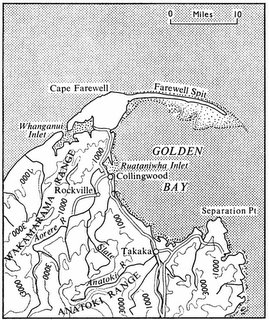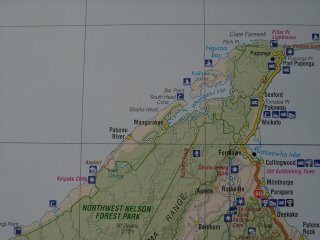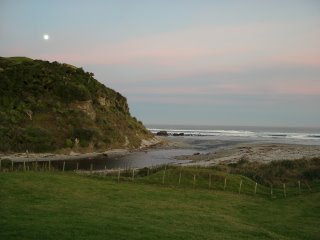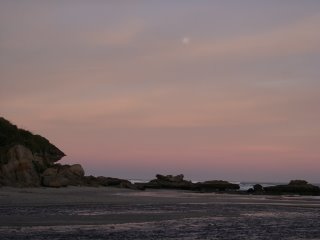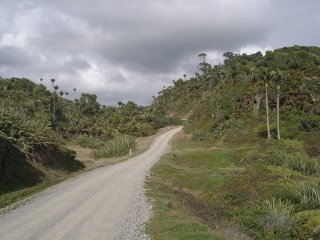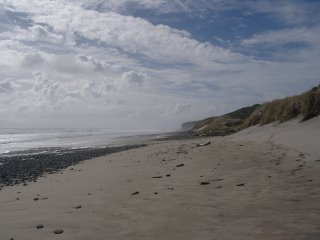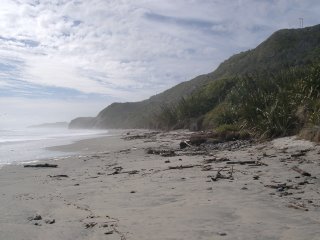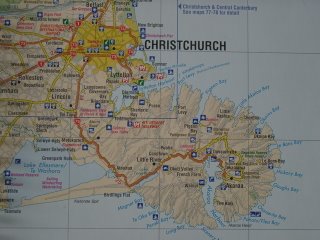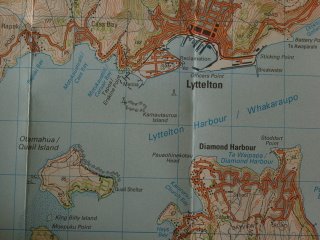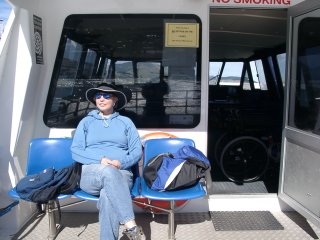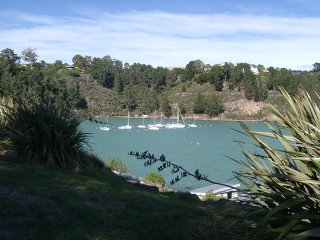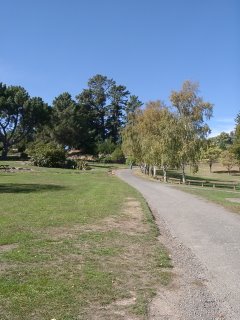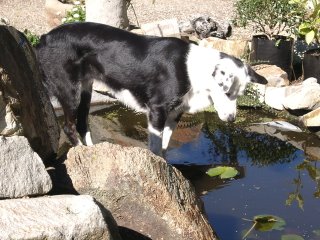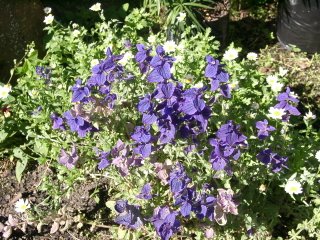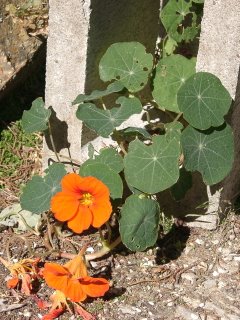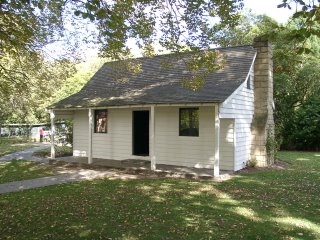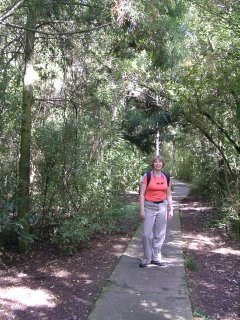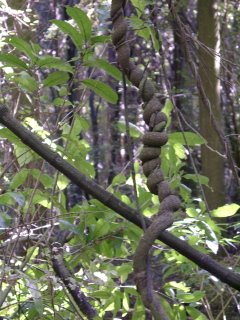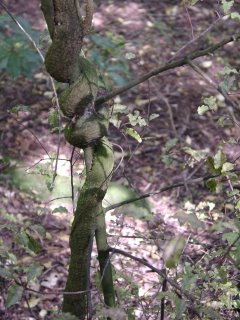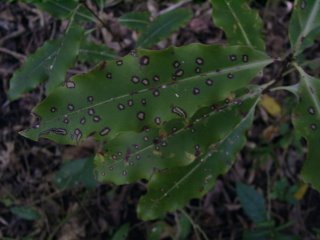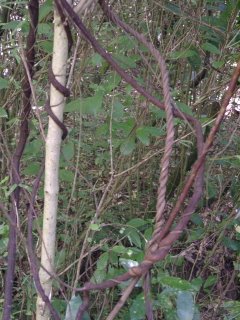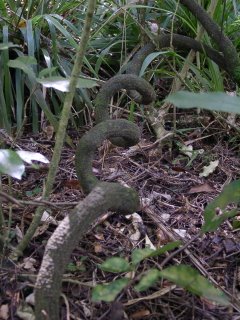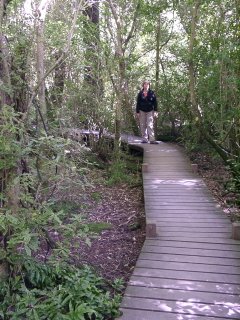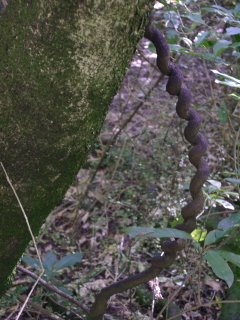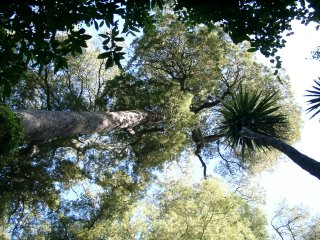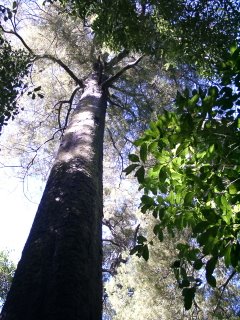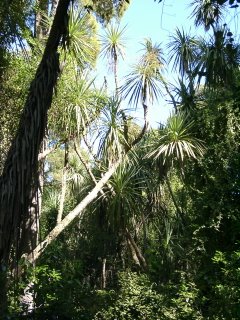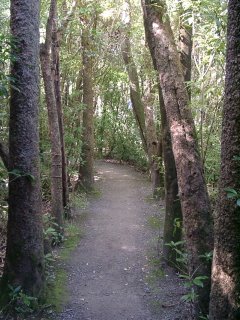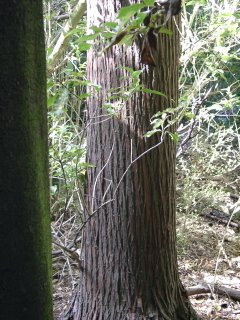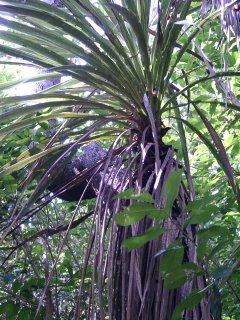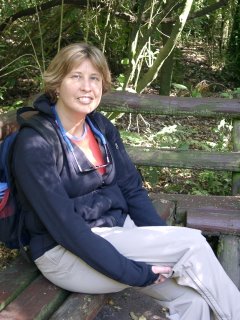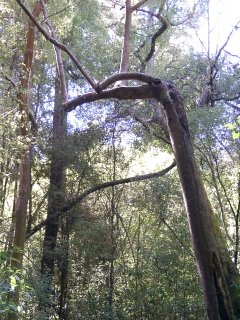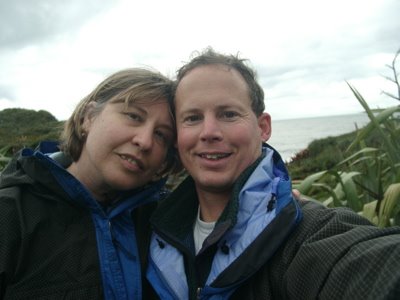Wellington Weekend
We took advantage of a long weekend to travel to Wellington, the capital city of New Zealand. We decided the best way to see more of New Zealand would be to travel by train from Christchurch to Picton and take a ferry across the Cook Strait to Wellington.
New Zealand's passenger railway is called the Tranz Scenic Railway. We booked passage on the tranzcoastal route. Our train left Christchurch at 7:00 a.m. for the 6 hour train ride to Picton. The train had a neat open car which allowed you to look out of the train from the open car and feel the wind in your face as you traveled around the countryside - very nice. One of our stops was in Kaikoura, where we walked off the train to the beach (about 100 meters away) and watched a large pod of dusky dolphins play right next to shore! The section of rail line near Kaikoura is a spectacular beach, reminiscent of the central California coastline. Around 1:00 p.m. we arrived in Picton, where we transferred to our roll-on/roll-off ferry.
We booked passage on the Interislander Ferry. Our ship was the Kaitaki. The crossing of the Cook Straight was uneventful, although beautiful, as we left the scenic Marlborough sound around Picton and traveled to the harbour at Wellington, on the north island. The seas were calm and the weather was nice for our trip. We were lucky, apparently the weather can change extremely fast, and can get pretty nasty.
At about 4:00 p.m. we arrived in Wellington harbour and made our way to the Wellington Downtown Backpackers. This is an older art deco style hotel converted into a hostel. They also have a small cafe on the 1st floor. Our backpackers was conveniently located along the waterfront, near downtown Wellington, which allowed us to walk to most of the city.
On Sunday we visited Te Papa, the National Museum of New Zealand. This museum houses the largest collection of native pacific islander artifacts in the region. They also just happened to open the newly returned traveling exhibit of Lord of the Rings - very cool! We spent all day walking around the museum. One neat exhibit they have is a section of bush, complete with a replication of a cave.
That evening, while walking along the waterfront back to our backpackers, we heard something in the water and looked around for what was making the strange noise. After looking for a bit, we noticed some strange small birds in the water, and then it dawned on us - these were blue penguins, and right here on the waterfront in the middle of Wellington!
On Monday we visited the Museum of Wellington City and the Sea, which has displays portraying the role that shipping has played in the development of Wellington through the years.
On Tuesday morning I got up early and took a walk along the waterfront; at least, I did until the rain came. Then, we packed up, left our bags at the backpackers, and wandered around Wellington. We decided to take a ride on the Wellington funicular up to the botanical gardens above the city, where we visited the Carter Observatory and watched a great planetarium show of the skies of the southern hemisphere.
We then picked up our bags and headed to the airport for a plane ride back to Christchurch. The weather was bad on Tuesday and many of the flights were delayed due to bad weather, including our flight. When we finally made it back to Christchurch, the landing was fun as there were high winds!
Wellington is located near the south end of the North Island.
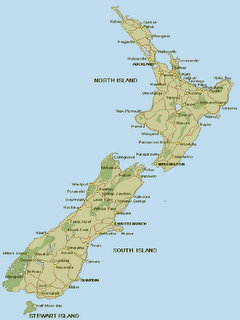
The Cook Strait separates the South Island from the North Island. Our ferry traveled between Picton and Wellington.
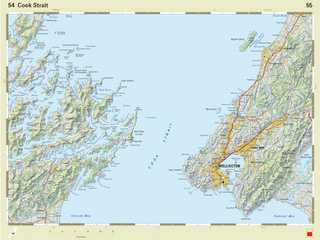
The view from the open air observation car on our Tranzcoastal train ride from Christchurch to Picton.
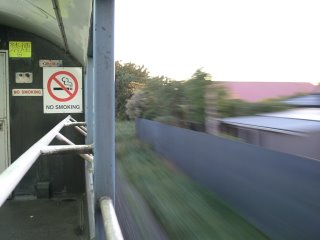
A passing freight train.
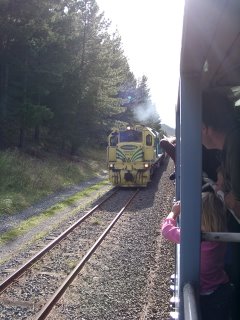
Wellington harbour from our Interislander ferry.
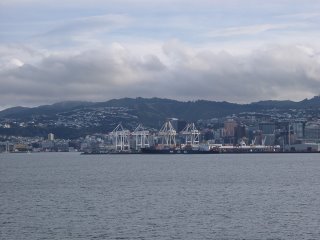
Across from our backpackers a ship was docked in the harbour which had on its deck the largest spools I have ever seen - they were easily 10 meters in circumference!
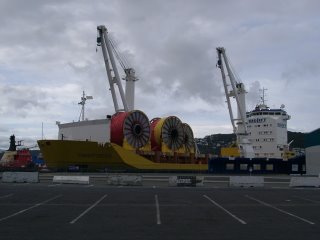
Gaby standing sentinel at the cave entrance at Te Papa.

Well decorated cave passage at Te Papa.
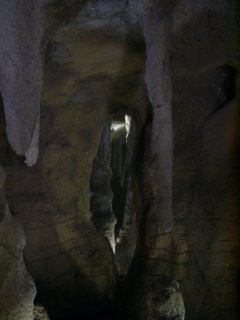
Glow worms in Te Papa cave.
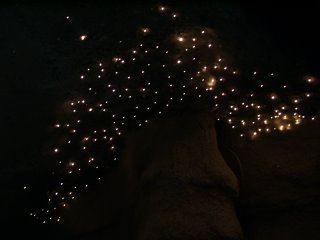
This is a small salad bowl, approximately 2 meters in length and 1 meter in height. The largest bowls require approximately 30 people to move! According to the text, the whole village participates in providing the fixings.
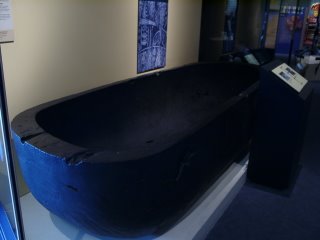
Carvings inside a Marae at Te Papa

A poor picture to be sure, of a blue penguin along the waterfront, downtown Wellington.
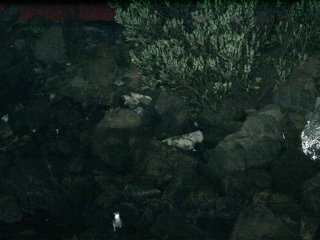
Sunrise over Mt. Victoria.
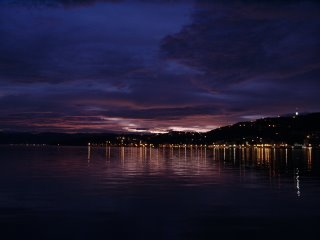
Sunrise in Wellington Harbour.

New Zealand's passenger railway is called the Tranz Scenic Railway. We booked passage on the tranzcoastal route. Our train left Christchurch at 7:00 a.m. for the 6 hour train ride to Picton. The train had a neat open car which allowed you to look out of the train from the open car and feel the wind in your face as you traveled around the countryside - very nice. One of our stops was in Kaikoura, where we walked off the train to the beach (about 100 meters away) and watched a large pod of dusky dolphins play right next to shore! The section of rail line near Kaikoura is a spectacular beach, reminiscent of the central California coastline. Around 1:00 p.m. we arrived in Picton, where we transferred to our roll-on/roll-off ferry.
We booked passage on the Interislander Ferry. Our ship was the Kaitaki. The crossing of the Cook Straight was uneventful, although beautiful, as we left the scenic Marlborough sound around Picton and traveled to the harbour at Wellington, on the north island. The seas were calm and the weather was nice for our trip. We were lucky, apparently the weather can change extremely fast, and can get pretty nasty.
At about 4:00 p.m. we arrived in Wellington harbour and made our way to the Wellington Downtown Backpackers. This is an older art deco style hotel converted into a hostel. They also have a small cafe on the 1st floor. Our backpackers was conveniently located along the waterfront, near downtown Wellington, which allowed us to walk to most of the city.
On Sunday we visited Te Papa, the National Museum of New Zealand. This museum houses the largest collection of native pacific islander artifacts in the region. They also just happened to open the newly returned traveling exhibit of Lord of the Rings - very cool! We spent all day walking around the museum. One neat exhibit they have is a section of bush, complete with a replication of a cave.
That evening, while walking along the waterfront back to our backpackers, we heard something in the water and looked around for what was making the strange noise. After looking for a bit, we noticed some strange small birds in the water, and then it dawned on us - these were blue penguins, and right here on the waterfront in the middle of Wellington!
On Monday we visited the Museum of Wellington City and the Sea, which has displays portraying the role that shipping has played in the development of Wellington through the years.
On Tuesday morning I got up early and took a walk along the waterfront; at least, I did until the rain came. Then, we packed up, left our bags at the backpackers, and wandered around Wellington. We decided to take a ride on the Wellington funicular up to the botanical gardens above the city, where we visited the Carter Observatory and watched a great planetarium show of the skies of the southern hemisphere.
We then picked up our bags and headed to the airport for a plane ride back to Christchurch. The weather was bad on Tuesday and many of the flights were delayed due to bad weather, including our flight. When we finally made it back to Christchurch, the landing was fun as there were high winds!
Wellington is located near the south end of the North Island.

The Cook Strait separates the South Island from the North Island. Our ferry traveled between Picton and Wellington.

The view from the open air observation car on our Tranzcoastal train ride from Christchurch to Picton.

A passing freight train.

Wellington harbour from our Interislander ferry.

Across from our backpackers a ship was docked in the harbour which had on its deck the largest spools I have ever seen - they were easily 10 meters in circumference!

Gaby standing sentinel at the cave entrance at Te Papa.

Well decorated cave passage at Te Papa.

Glow worms in Te Papa cave.

This is a small salad bowl, approximately 2 meters in length and 1 meter in height. The largest bowls require approximately 30 people to move! According to the text, the whole village participates in providing the fixings.

Carvings inside a Marae at Te Papa

A poor picture to be sure, of a blue penguin along the waterfront, downtown Wellington.

Sunrise over Mt. Victoria.

Sunrise in Wellington Harbour.




